Bosporan Kingdom. South wind Ponta
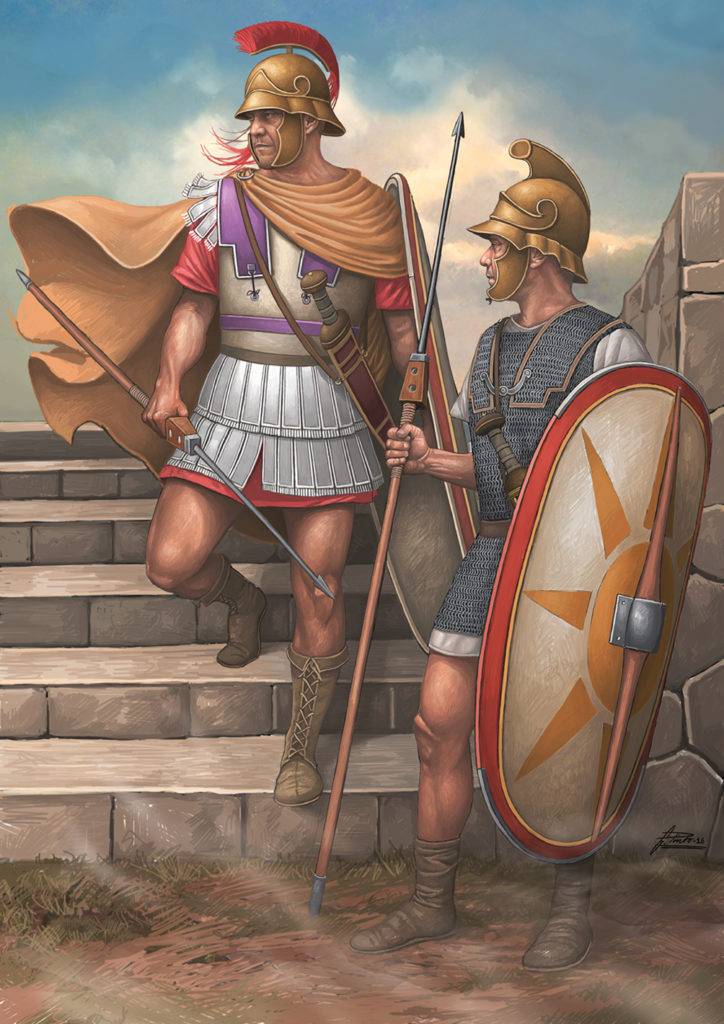
Pontic Troops (turningpointsoftheancientworld.com). Angel Garcia Pinto artist
In the II century BC, the echoes of the Scythian-Sarmatian battles still made themselves felt. The loss of a single dominant force in the region, combined with a multitude of nomadic peoples who came from the Great Steppe, created a very difficult destabilizing situation that threatened the collapse of the Hellenic states of the Northern Black Sea region.
The most difficult thing was for the Chersonesos kingdom. Shaking under the endless blows of the Scythians, it lost territory one after another, in the end, shrinking almost to the size of the capital. The inhabitants of Chersonesos had no choice but to ask for help from their neighbors across the sea.
Their call was heard. The Pontic king Mithridates VI Eupator saw in the current situation an excellent chance to expand his influence and did not hesitate to take advantage of it. To the shores of the Crimean peninsula from the side of Pontus, an army headed by the commander Diophantus went to help the Greeks.
Submission of the Bosporus to the Pontic kingdom
The details of these dramatic events have come down to us mainly thanks to the "Honorary decree in honor of Diophantus" found during the excavations of Chersonesos in 1878. The surprisingly well-preserved pedestal of the statue, on which the notes were made, has brought to this day information that has played an important role in the life of the Northern Black Sea region.
According to the decree, Diophantus, upon his arrival at the place, led the struggle against the Scythians and managed to win several major victories. After that, he went to the Bosporan kingdom, in order, most likely, to prevent their possible military alliance with Scythia Minor.
Such actions seem to be quite reasonable, since at that time there were very close economic and family ties between the Bosporus and Scythian rulers.
Having covered the rear from a possible attack, Diophantus replenished his reserves in Chersonesos and went deep into Scythia, where during the battles he managed to conquer the fortresses of Naples, Habei, Kerkinitida and begin the siege of the Beautiful Harbor (Kalos Limen).
The Scythian king Palak, who opposed Diophantus, united with the Roxolans (in the text they are called "revxinals"), tried to take revenge, but the Pontic commander again managed to win a major victory over the barbarians.
Having finally dealt with the threat of a military invasion of Chersonesos, he again went to the Bosporus kingdom, where “arranges business there perfectly and is useful for Mithridates Eupator". Most likely, this line of the decree, together with the previously mentioned visit of the commander to Panticapaeum, suggests that the second visit to the Bosporus kingdom was aimed at finally resolving the issue of transferring power from the current ruler to the Pontic king. Apparently, the last Spartokides Perisad V was well aware of the successes of Diophantus and, having no children, being unable to withstand Pontus and the constant threat of a barbarian invasion, voluntarily agreed to surrender the reins of government to Mithridates VI Eupator.
The appearance of such an impressive force in the Crimea, as well as the defeat of the Scythians, seemed to have put an end to a series of conflicts and brought peace to the region. but story captures slightly different events. The defeated, but not surrendered Scythians did not want to put up with the loss of influence in the Bosporus kingdom. Led by a certain Savmak, they managed to carry out a military coup, killing Perisades V and forcing Diophantus to flee from Panticapaeum on a Chersonese ship.
The reign of Savmak on the Bosporus lasted about a year and ended with the fact that Diophantus, who had gathered new forces, launched a punitive operation, during which he captured the cities that supported the coup, punished the instigators, and sent Savmak directly to the Pontine kingdom.
It is important to mention that among scientists there are still controversies regarding Savmak's personality. In the text of the decree, the phrase “... the Scythians, led by Savmak, staged a coup d'etat and killed Perisad, the king of the Bosporus, who raised him, and conspired against him"Causes a lively debate among them. Until now, it remains unclear who exactly was nursed by the Bosporus king.
To date, there are several versions of its origin.
First: a number of historians saw in the personality of Savmak a palace slave and, accordingly, perceived the events that took place as an uprising against the oppressors.
The second the version says that Savmak was a member of the semi-barbarian elite of the Bosporus kingdom, which relied on the support of the Scythian rulers, with whose help the coup was made.
The third the same version says that this man had nothing to do with either the reign of Panticapaeum or the slaves, but was the prince of Scythia Minor and, in fact, invaded the Bosporan kingdom from the outside.
Be that as it may, the reign of Savmak did not last long, and as a result of these cruel events, from about 107 BC, Mithridates VI Eupator strengthened his power over the Bosporus kingdom, and in fact, the entire Northern Black Sea region for fifty years.
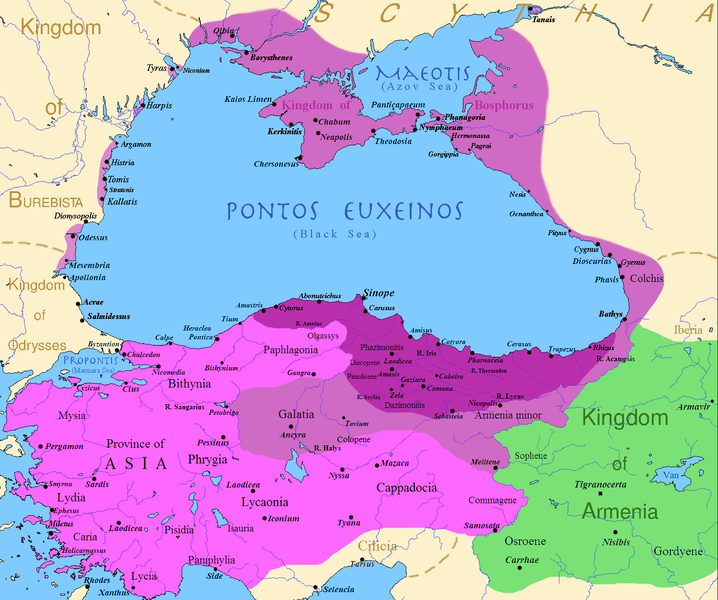
Map of the territory of the Pontic kingdom at the beginning of the XNUMXst century BC
It should be said that, in addition to Diophantus, in the battles on the Northern Black Sea coast, history remembers another Pontic commander - Neoptolemus. Brief information about him is recorded in several lines of "Geography" by Strabo, who mentions major victories over the barbarians at the mouth of Lake Meotius (that is, in the Kerch Strait). Moreover, the ancient historian writes that “... the commander of Mithridates Neoptolem in the same strait in the summer defeated the barbarians in a sea battle, and in the winter - in a horse". These scanty data are extremely interesting and important for researchers, since Strabo's information indirectly suggests that, in addition to the Crimean conquests, the king of Pontus led an active campaign to seize the Asian part of the Bosporus kingdom (Taman Peninsula). However, reliable information on this issue has not yet been found, and there are only assumptions about who Neoptolemus fought with.
In particular, Yu.V. Vinogradov, in his research, assumed that in the Kerch Strait the Pontic commander encountered the tribes of Achaeans, Zig and Geniochs, which were mentioned by the same Strabo. The fact that these tribes hunted for robbery and very successfully carried out sea raids on trade caravans was briefly mentioned in the previous article.
This theory seems very likely, since there is evidence that during the crisis of the Bosporus kingdom, pirates were very successful in trading in the Bosporus ports, exchanging loot for food and goods. Obviously, they were not interested in changing the usual order and losing points of sale, resisting this in every possible way.
The role of the Bosporus in the big game
The commanders conquered for Mithridates not only the Scythians and Taurus. The Bosporus, Chersonesos, Olbia and Tyra were part of the Pontic kingdom. Later, the Bastars and Sarmatians joined them.
The capital of the Bosporus kingdom, Panticapaeum, became the single control center for these lands. Here were the governors of Mithridates, and from here were sent help and the necessary resources for the needs of Pontus.
The inclusion of the ancient states of the Northern Black Sea region into a single power at first seemed beneficial to all parties and, of course, found the support of the Hellenic cities. However, the actions of Mithridates were by no means an act of pure altruism. His ambitions extended far beyond the shores of the Black Sea, and a collision with mighty Rome in this situation was inevitable. The Pontic Empire was created by the beginning of the First Mithridates War - in this and subsequent campaigns, the northern Greek lands were assigned the role of a supplier of provisions, equipment and, most importantly, military contingents. At the same time, the bulk of the troops were recruited from the barbarian tribes and, to a lesser extent, by the detachments of the Hellenic states.
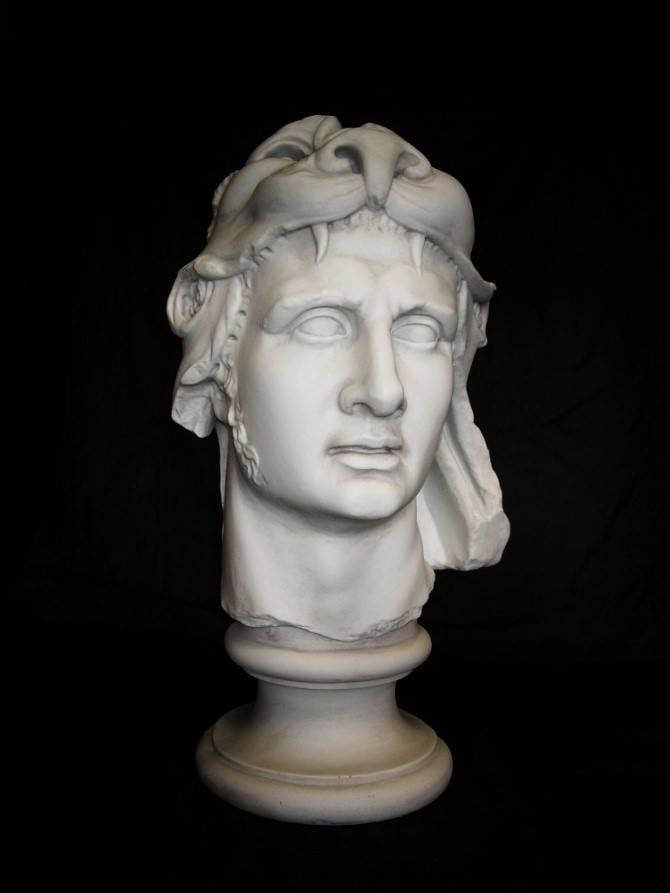
Bust of Mithridates VI Eupator. Louvre, Paris
Forming his state, Mithridates VI Eupator faced resistance from a number of barbarian tribes, the subsequent control over which seems to be a more difficult task than conquering them. In the beginning of the struggle with Rome, the Pontic Tsar undoubtedly attached the utmost importance to his Crimean victories. Moreover, these conquests had not only practical weight, expressed in human and material resources, but also moral and psychological. Official propaganda made Mithridates VI the winner of the Scythians, who did not know defeat before, placing the king of Pontus above Cyrus, Darius and Zopirion, who could not cope with the great nomads. The army assembled for the most part of these barbarians should have been beyond the strength of the Roman armies.
However, if you look closely, the situation was not as rosy for Mithridates as it seemed. The ties established with the barbarian tribes were not as strong and reliable as the Pontic rulers would like. Perhaps, in part, this played a role in the subsequent drama played out in the lands of the Bosporus.
But more on that in the next article ...
Sources:
1. VF Gaidukevich "Bosporus Kingdom" Moscow. Leningrad. 1949
2. Yu. A. Vinogradov, V. A. Goroncharovsky "Military history of the Bosporus kingdom" Publishing house "Lomonosov". 2017
3. VM Zubar, AS Rusyaeva "On the shores of the Cimmerian Bosporus" Publishing house "Stilos". 2004
4. "Decree in honor of Diophantus." https://iospe.kcl.ac.uk/3.8-ru.html
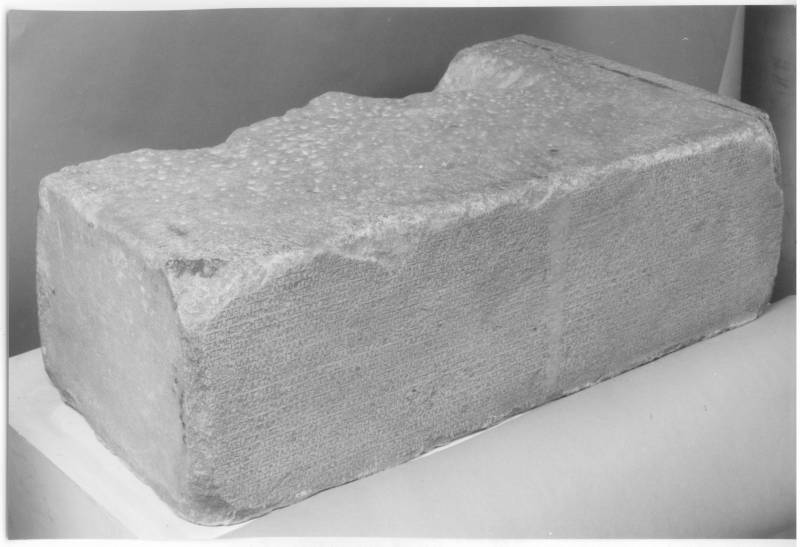
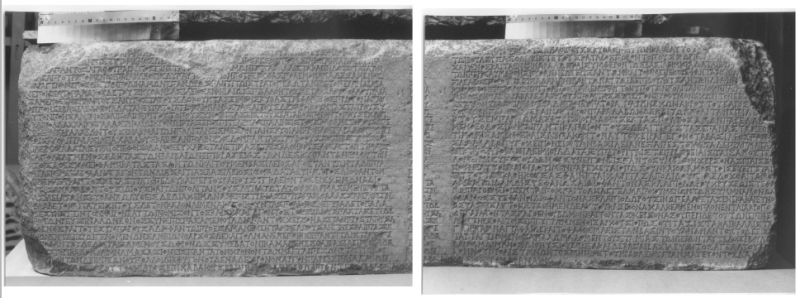
Information